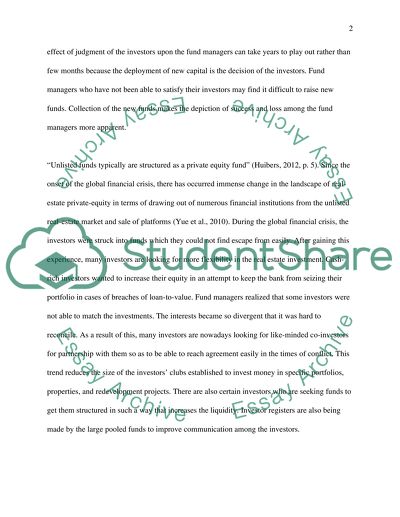Cite this document
(Appropriate Changes in the Operation of Unlisted Real Estate Funds Assignment, n.d.)
Appropriate Changes in the Operation of Unlisted Real Estate Funds Assignment. Retrieved from https://studentshare.org/marketing/1453613-in-the-light-of-the-experience-of-the-last-boom
Appropriate Changes in the Operation of Unlisted Real Estate Funds Assignment. Retrieved from https://studentshare.org/marketing/1453613-in-the-light-of-the-experience-of-the-last-boom
(Appropriate Changes in the Operation of Unlisted Real Estate Funds Assignment)
Appropriate Changes in the Operation of Unlisted Real Estate Funds Assignment. https://studentshare.org/marketing/1453613-in-the-light-of-the-experience-of-the-last-boom.
Appropriate Changes in the Operation of Unlisted Real Estate Funds Assignment. https://studentshare.org/marketing/1453613-in-the-light-of-the-experience-of-the-last-boom.
“Appropriate Changes in the Operation of Unlisted Real Estate Funds Assignment”, n.d. https://studentshare.org/marketing/1453613-in-the-light-of-the-experience-of-the-last-boom.


